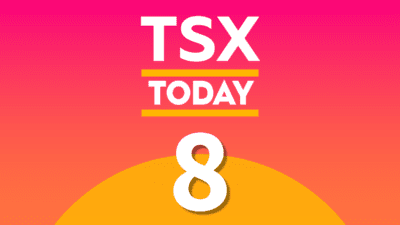Alaris Royalty Corp. (TSX:AD) has been an unloved stock for nearly five years now. Today, shares are down over 53% from its all-time high, offering investors a bountiful ~9.6% dividend yield that has swelled to artificially high levels due to the stock’s massive multi-year fall.
The company provides capital to and collects royalties from private firms that were “hand-picked” by management. Simple to understand business with a 100% sustainable dividend, right? Not quite and here’s why.
Is the dividend really safe?
As you would imagine, a capital provider to private equity firms doesn’t typically lock in capital expenditures, so its free cash flow is often the same as its operating cash flow, a majority of which goes toward paying its dividend. Alaris’ payout ratio has typically surged well above 100%; however, its FCF payout ratio has remained below 100% over the years, which is a good sign. But there’s very little wiggle room should one of Alaris’ partners become increasingly delinquent when it comes to royalty payments.
As such, an insolvent partner would mean Alaris would suffer and investors could see their dividend payment suddenly shrink at some point. Personally, I think neither payout ratio nor FCF payout ratio tells us much about the sustainability of the company’s dividend.
Instead, it’d be a more prudent decision for investors to look at each individual company and ask themselves if they’d personally invest money in each private firm. If the answer is no because of potential industry-wide headwinds that may cause insolvency or if you simply don’t understand some of the royalty partners, I’d steer clear of Alaris as a whole.
Without at least analyzing each one of Alaris’ partners, you’d be placing all your trust in the management team, which I don’t think is an effective investing strategy.
Sure, the FCF payout ratio has remained below 100%, but there appears to be very little wiggle room should another partner have payment difficulties; thus, the long-term sustainability of the dividend remains a huge question mark for investors. You’d have to look at the sum of the parts to come up with a realistic projection.
The company’s partners range from mining to IT consulting, so investors would be wise to not jump to conclusions by believing the dividend is safe because the FCF payout ratio has been sustainable over the past five years.
Given this, there’s no shame in sticking within your circle of competence. When it comes to Alaris, I believe investors will need an incredibly large circle of competence (and time to do their homework) in order to truly understand what they’re investing in. Because in the end, your capital goes toward these private businesses. If they unexpectedly become insolvent, you’ll take a hit, whether it’s through continued share price depreciation or an unexpected and unforeseen dividend reduction at some point down the road.
Furthermore, I’m also not a fan of the broad range of sectors that Alaris invests in, as I believe this introduces a substantial amount of risk to any portfolio. I’d be more confident investing in a firm that specializes in a specific industry rather than across an incredibly broad range.
Bottom line
I wouldn’t recommend making an attempt to grab this falling knife unless you’re able to understand the businesses of each of its partners. This appears to be too much homework for most investors, however. As such, I’d strongly urge investors to look elsewhere and not solely rely on management’s abilities.
Alaris is a really cheap stock at just one times book value and could be ripe for a rebound. However, due to the intricacies of the various businesses it collects royalties from, I’d rather not take a chance on something I don’t fully understand. “Invest in what you know” is a mantra that I’d recommend to the average investor.
Stay hungry. Stay Foolish.









